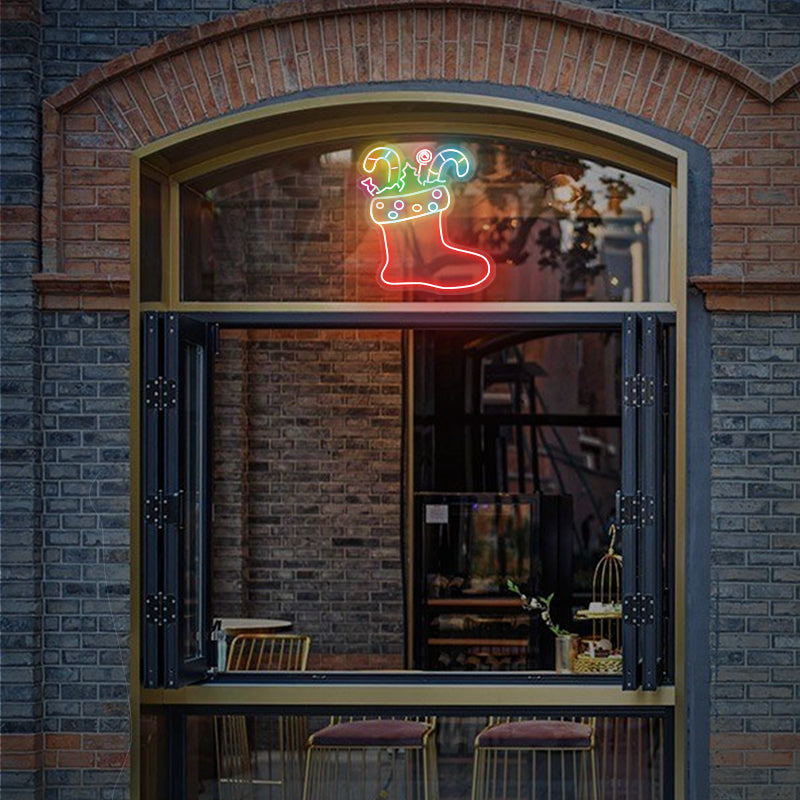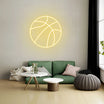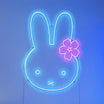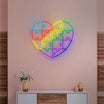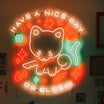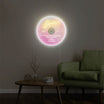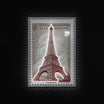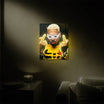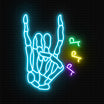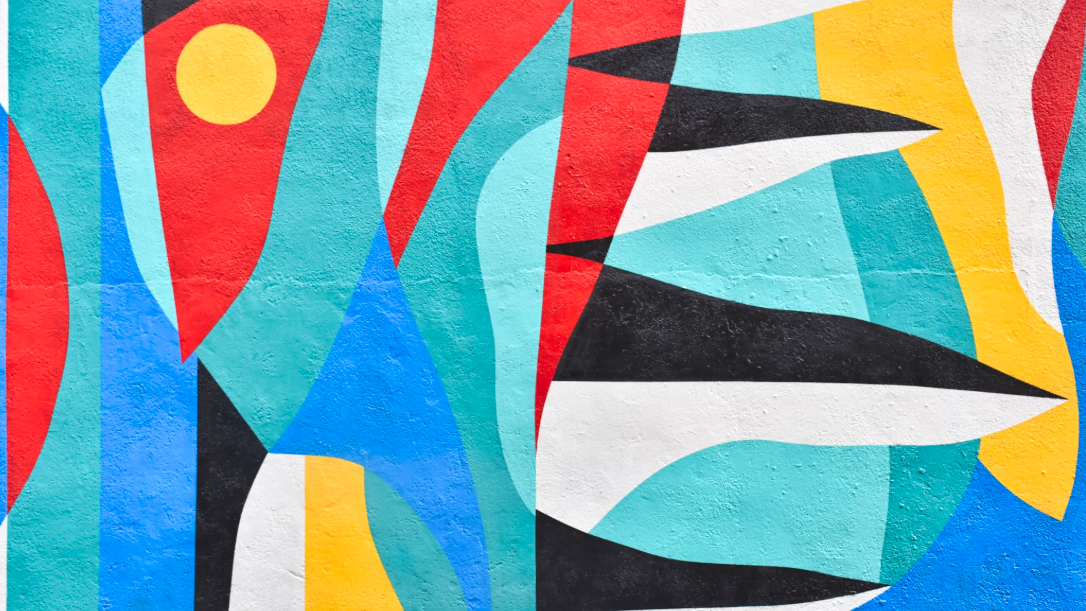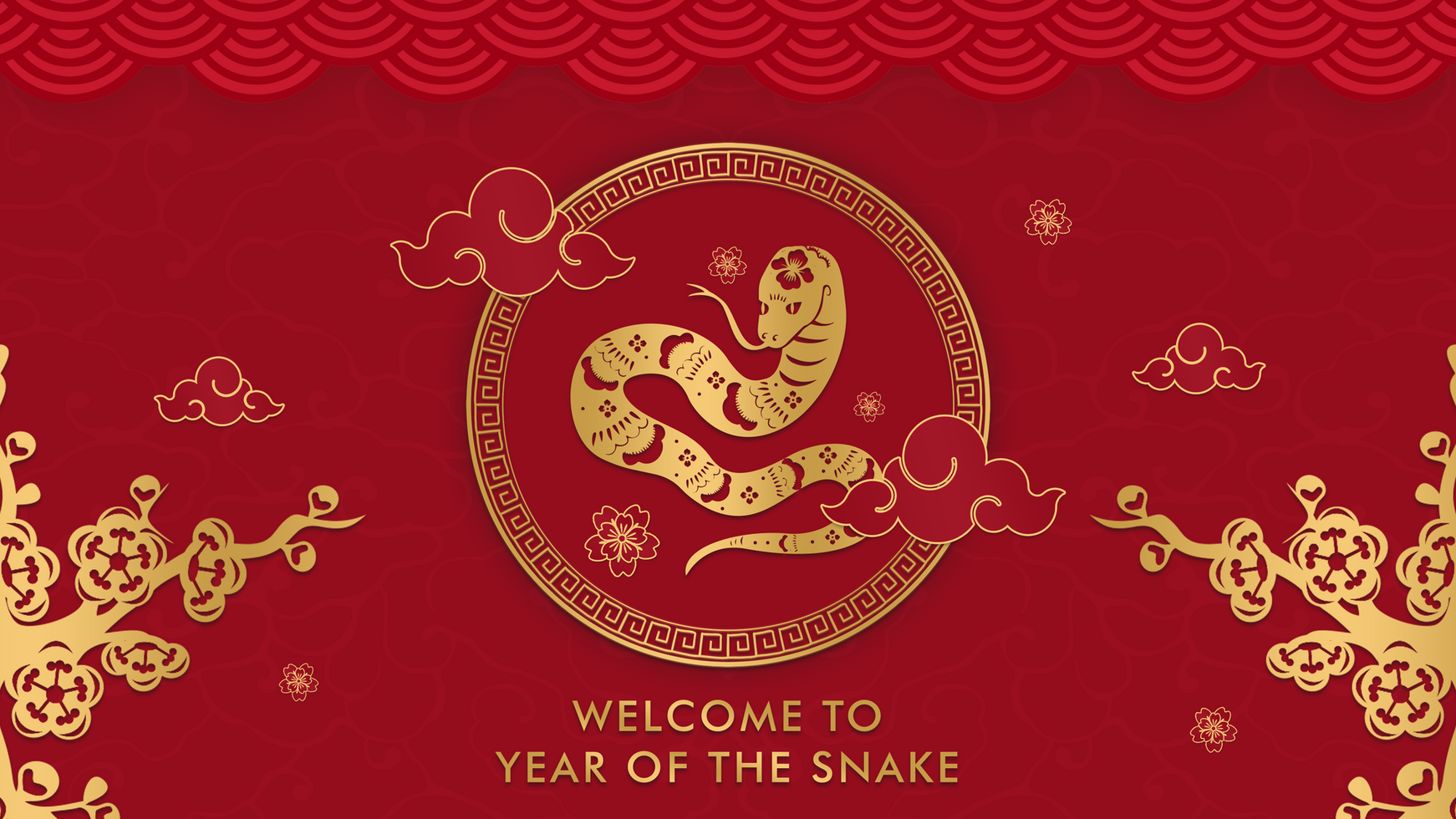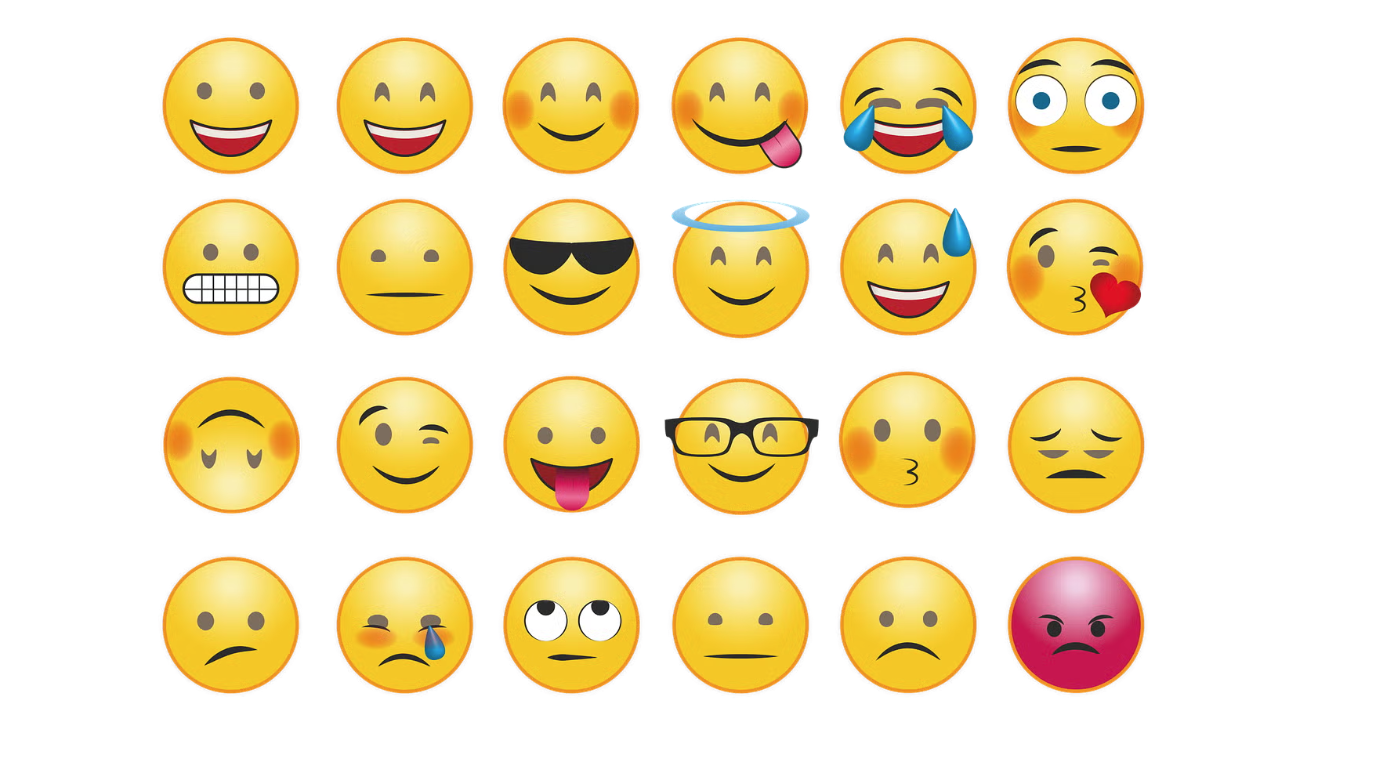Table of Contents
Abstract art has been charming and bewitching people for over a century now. Abstract aesthetic art adds vibrancy and color as well as personality to your home. This is a huge step in breaking the shackles of old traditions that stop us from embracing our potential to the fullest and it helps in reanalyzing the concept and the definition of art.
Whether you’re an artist look for inspiration or someone searching for a masterpiece to spruce up the space, abstract art pieces are perfect for all.
In this article here, we will explore the origin as well as the advancement of abstract art. From the early explorers to the contemporary understanding. We will also discuss and highlight the symbolic and classic facets of abstract art, as well as its influence on modern culture and interpretation of it.
In addition to that, we will also discuss in depth its increasing popularity in home decor. We will also provide tips and suggestions on how to encompass abstract art into the interior of your space to give it a stylish and aesthetic look. Let's get into it.
Some Iconic Aspects of Abstract Art
Abstract art, one of the most influential movements in modern art, breaks away from traditional representation and focuses on shapes, colors, forms, and gestural marks to convey meaning. Emerging in the early 20th century, it continues to evolve, challenging perceptions and expanding artistic boundaries.

Non-Representational Forms
Abstract art does not attempt to depict reality accurately. Instead, it emphasizes subjective interpretation through geometric shapes, fluid forms, and dynamic compositions. This allows viewers to engage with the artwork on a personal level.
Color as Emotion and Expression
Colors in abstract art often evoke emotions rather than represent physical objects. Artists like Mark Rothko used color fields to create immersive, meditative experiences, while Wassily Kandinsky believed colors had a spiritual connection to sound and movement.
Gestural and Expressive Brushstrokes
Action painting, popularized by Jackson Pollock, introduced a spontaneous and energetic approach to art-making. Through dripping, splattering, and bold brushstrokes, abstract artists conveyed movement, emotion, and intensity.
Geometric Abstraction
Artists like Piet Mondrian and Kazimir Malevich explored geometric abstraction, using simple shapes and strict compositions to express order, balance, and purity. These structured forms continue to influence modern design and architecture.
Freedom of Interpretation
Unlike figurative art, abstract works invite open-ended interpretation. Each viewer may perceive different meanings, emotions, or narratives, making the experience deeply personal and subjective.
Innovative Materials and Techniques
Abstract artists often experiment with unconventional materials, such as mixed media, digital art, and sculpture. Contemporary artists integrate new technologies, including AI and generative design, pushing abstraction into new dimensions.
Some Notable Artists:
- Wassily Kandinsky – A pioneer of abstraction, exploring the relationship between color and music.
- Piet Mondrian – Known for his grid-based compositions with primary colors.
- Jackson Pollock – Revolutionized painting with his drip technique and gestural abstraction.
- Mark Rothko – Master of color field painting, evoking deep emotional responses.
- Kazimir Malevich – Founder of Suprematism, focusing on pure geometric abstraction.
Abstract Pieces of Art Throughout the Years
- Piet Mondrian created a piece called Victory Boogie Woogie in 1944.
- Composition VIII, made in 1923 by Wassily Kandinsk.
- Convergence, made in 1952 by Jackson Pollock.
- Rust and Blue, no. 61 made in 1953 by Mark Rothko.
- Black Square, crafted in the year 1915 by Malevich.
- The Ten Largest, made in 1907 by Hilma Af Klint.
The Evolution and Advancement of Abstract Art
Abstract art started to make an appearance in the early 20th century. It emerged as a response to pragmatism and established academic practices. Artists went after ways to express emotions through art and to surpass concepts like literal illustrations or depictions. This cleared the way for emerging art trends. Let's discuss the advancement of abstract art in better detail.
- Early Impact of Abstract Art: Wassily Kandinsky, Kazimir Malevich, as well as Hilma af Klint tried out abstract art in the early 19th century, the early 1900s. They experimented with abstraction to break away from depictive and naturalistic art to explore human emotion and structure in art.
- Fauvism and Illusion: This was explored by pioneers such as Pablo Picasso and Georges Braque, abstract art disintegrated entities into geometric structures, which influenced the later abstract movements of art. Futurism had been steered by artists such as Umberto Boccioni. This emphasized dynamic motion as well as technology.
- Artistic Movements Like Surrealism and Dada: Surrealism and Dada were two artistic movements that established spontaneity and subliminal imagery in art. These movements highly impacted and influenced abstract artists such as Max Ernst and Joan Miró.
The Current State of Abstract Art
Abstraction persists as the dominant force in contemporary art. It influences both the traditional and the digital form of art. It is evolving through new techniques, materials, and digital innovation. While rooted in the 20th century movements on Kandinsky, Mondrian, and Pollock, the present-day artists drive forward constantly by pushing against boundaries, they include new materials and theoretical approaches as well as AI technology.

The rise of digital abstraction allows artists to experiment with generative algorithms, creating dynamic, ever-changing compositions. Contemporary abstract painters like Jade Fadojutimi embrace gestural and layered approaches, reflecting social and emotional complexity.
Meanwhile sculptors like Anish Kapoor redefine spatial perception through fluid, organic form. Abstract street artists merge graffiti with abstract art elements infusing urban culture in the genre. Major galleries and institutions, such as Tate Modern and MoMA, continue to showcase abstract art, proving its enduring appeal. NFTs and digital platforms have also provided new spaces for this form of art. Some of the most notable abstract artists are:
- Julie Mehretu: She is known for wide-reaching and superimposed abstract paintings that explore history and urban landscapes.
- Anish Kapoor: He is a well-known sculptor that is famous for his thoughtful and abstract depictions.
- Gerhard Richter: He was popular for his vibrant and obscure pieces that span realism and impression, conveying both possibility and control.
Stylish and Trendy Home Decor Ideas from Abstract Art
Abstract art is a very well-known choice in interior designing as it brings elegance and energy to a home or any sort of space. With its fluid forms, dynamic composition, and rich colors, abstract art can transform a space, adding personality and depth.
Whether through paintings, textiles, furniture, or decoration pieces, adding abstract elements into home décor can create a stylish and contemporary ambiance. Let's discuss aesthetic ways to include it in home decor.
Extensive Abstract Wall-Art:
Having a statement piece in your home can set the tone for your place. Choosing bold colors and passionate compositions can highly enhance the modern interior. Large-scale abstract pieces can serve as an eye-catching focal points in living rooms, bedrooms or dining areas.
Abstract Wallpapers and Neon Hangings:
Try peel-and-stick wallpapers featuring abstract designs, such as fluid marbling, geomentric shapes, and textured brushstrokes to create a dynamic accent wall without overwhelming the space. Customized neon signs give a space a modern look and a spirited vibe. You can explore neon signs with Lamomoneon.

Minimalist Abstract Sculptures:
To give a modern and sleek vibe, choose geometric or monochrome sculptures made of metal, wood, or ceramic. These pieces add depth and dimension to the space and can be alluring decorative items on shelves, coffee tables and entryways, giving the place a minimalistic vibe.
Picture Walls:
To create a dynamic picture wall conveying diversity, it would be a good idea to mix abstract paintings with photography or line art to add depth and character to your space. Consider incorporating a variety of sizes, frame styles, and orientations for a visually engaging display. Wall art is one of the best ways to introduce a personality to your home.
Abstract-Inspired Furniture:
Furniture with abstract designs can elevate a space with artistic flair. Look for sofas, chairs, and tables with asymmetrical forms. Look for pieces that echo the organic and fluid nature of abstract art. Unique coffee tables with swirling resin tops, curvy lounge chairs, or book shelves with unconventional shapes add a creative edge.
Textured Fabrics:
Tapestries, mats, and scatter cushions that highlight abstract art can enhance aesthetic appeal and artist vibe of your space. Abstract patterns in bold colors, handwoven rugs, or painterly throw pillows are few of the common fabric elements that create surrealism.
Abstract-art inspired home décor allows for creative self-expression, blending boldness with sophistication. It can transform interiors into visually captivating spaces. By experimenting with color, shape, and texture, you can create a home that reflects modern artistic trends.
Conclusion
Abstract art has made a lot of progress throughout the centuries, from early explorers to highly impacting forces in modern culture. It does not matter if it was through historical sensations or through stylish home decor implementation. Abstract art continues to inspire variation and creativity in us. If you are in search of abstract art that elevates your place, you can explore custom neon signs with Lamomoneon for a special and innovative style.



